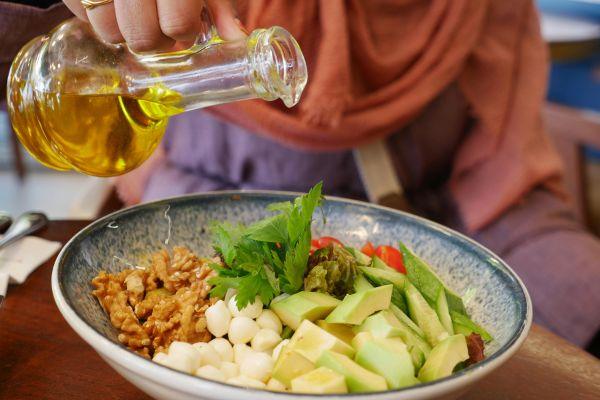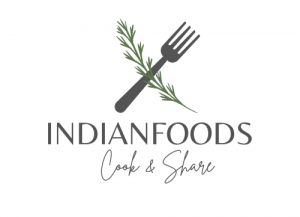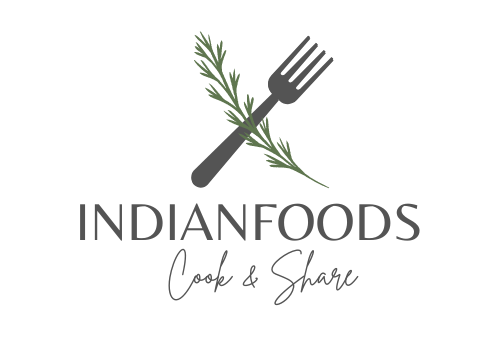Olive oil is one of the most essential ingredients in any kitchen, yet also one of the most misunderstood. The variety on the shelf can be overwhelming: extra virgin, cold-pressed, single-estate, refined, blended. Choosing the right olive oil is both a science and an art. It means understanding how factors like olive variety, region, harvest date, and extraction method affect flavour, aroma, and quality. The goal isn’t just to buy a premium bottle, it’s to buy the right one for how you cook.
If you’ve ever stood in front of a supermarket shelf wondering which bottle to buy (and why some cost triple the others), this guide is for you. We could through the jargon to help you understand how olive oil is made, what the different categories mean, and how to choose the best olive oil for your kitchen.
Understanding What Olive Oil Really Is?
At its core, olive oil is a fruit juice, extracted from freshly harvested olives through pressure and centrifugation. The method and precision of that extraction define both the quality and the label printed on the bottle.
Extra Virgin Olive Oil (EVOO) sits at the top of the quality pyramid. It’s produced solely by mechanical means, under controlled temperatures that preserve aroma and nutrients. Each batch is tested by certified tasters for flavour and freshness. Expect aromas of green apple, tomato leaf, almond, or cut grass, and a pleasant peppery sensation in the throat, a sign of high polyphenol content. These natural antioxidants protect the oil and contribute to its health benefits and cooking stability.
Refined Olive Oil begins life as virgin oil but undergoes filtration and heat refinement to neutralise defects in flavour or aroma. The result is a lighter, milder oil ideal for everyday frying or sautéing, where subtlety matters more than character.
Olive Pomace Oil is made from the residual olive paste left after pressing. It’s refined and blended for consistency, offering affordability and stability at high temperatures, making it the workhorse option for bulk cooking.
Each type has its purpose: EVOO for drizzling and dressing, refined oil for daily cooking, and pomace oil for large-scale or high-heat use. Understanding this hierarchy is the first step to choosing the right oil for your kitchen.
How to Read Olive Oil Labels Like an Expert?
Attractive packaging can be misleading, but the truth about an olive oil’s quality is always on the label. Once you know what to look for, choosing a good bottle becomes simple. Start with the category name — it must clearly say Extra Virgin Olive Oil, Refined Olive Oil, or Olive Pomace Oil.
Next, check for a harvest date, manufacturing date, or at least a best-before date. Olive oil is at its best within 12 to 18 months of harvest. The closer the manufacturing or bottling date is to the time of purchase, the fresher the oil will be.
Then, look for the country of origin. Single-country origin oils such as Product of Spain, Product of Greece, or Product of Italy usually have better traceability and consistent flavour. In contrast, blends labelled “EU blend” or “Mediterranean blend” can vary in quality and taste, since they mix oils from different regions and harvests.
Finally, check the packaging. Choose dark glass bottles or tins that protect the oil from light, which causes oxidation and flavour loss. Transparent bottles may look elegant on the shelf but allow light to degrade the oil faster.
Matching Olive Oil to Cooking Style
One of the most common mistakes in the kitchen is treating all olive oils as the same. Choosing the right type for the right purpose respects both flavour and budget.
1. For finishing dishes, drizzling over salads, tossing vegetables, or dressing pasta, nothing beats extra virgin olive oil. Its rich aroma and layered flavour lift the simplest food to something special. Chenab Gourmet imports premium options such as Sol 100% Spanish Extra Virgin Olive Oil and Dolce Vita Greek Blend Extra Virgin Olive Oil, both known for their freshness and balanced fruitiness.

2. When it comes to everyday Indian cooking like bhunao for curries, parathas, or stir-fried vegetables, refined olive oil is the better fit. It stays stable at high heat and lets the spices take centre stage. Oils like Dolce Vita Spanish Pure Olive Oil and Sol Spanish Olive Oil Blend strike the right balance of mild flavour, versatility, and consistency for daily use.
3. For deep frying or repeated heating, olive pomace oil is the most practical choice. Its neutral profile and heat stability make it ideal for pakoras, cutlets, and festive snacks. It’s also cost-effective, allowing you to cook with olive oil more freely without compromising on quality or flavour.
Which Olive Oil should you buy?
Olive oil prices can vary greatly. Extra virgin olive oils cost more because they’re made from carefully harvested olives and extracted with minimal processing to preserve flavour and nutrients. But you don’t need to use them for everything. A smart approach is to keep two bottles at home: a smaller bottle of EVOO for drizzling, dressing, and finishing, and a larger bottle of refined olive oil for everyday cooking. This way, you get the best of both worlds — great taste and good value.
Chenab Gourmet’s range makes this simple to follow. Keep a premium EVOO like Sol 100% Spanish Extra Virgin Olive Oil or Dolce Vita Greek Blend Extra Virgin Olive Oil for raw and light dishes, and a refined or pomace oil such as Dolce Vita Spanish Pure Olive Oil for frying or stove-top cooking. It’s the same approach used in Mediterranean homes, ensuring you always have the right oil for every occasion.
Common Myths About Olive Oil
Olive oil has inspired its share of myths, many of which discourage people from using it to its full potential. Here are a few worth clearing up.
1. One popular claim is that extra virgin olive oil shouldn’t be heated. In truth, good-quality EVOO has a smoke point of around 190–210°C, which is higher than most everyday cooking methods like sautéing, roasting, or baking. Its natural antioxidants actually help it stay stable at these temperatures, making it perfectly safe — and delicious — for hot dishes.
2. Another misconception is that “light” olive oil means fewer calories. It doesn’t. “Light” refers only to taste and aroma, not nutrition. Whether extra virgin, refined, or pomace, all olive oils contain roughly 120 calories per tablespoon.
3. A third myth is that cloudy olive oil in winter is spoiled. What you’re seeing is simply the crystallisation of natural fats in cold temperatures. The oil clears again at room temperature and remains perfectly good to use.
How to Store Olive Oil Properly?
Olive oil is best treated like a fresh ingredient. Heat, light, and air are its enemies. Keep it in a cool, dark cupboard away from the stove. Use dark glass or tins where possible. Once opened, extra virgin olive oil shows its best side within two to four months, while refined and pomace oils last a bit longer. Buy in quantities you’ll actually finish, rather than large bottles that sit for years.
Conclusion: Choosing with Confidence
Choosing the best olive oil doesn’t have to be complicated. Think about what you’re cooking, decide if flavour or heat stability matters more, and buy accordingly. Extra virgin olive oil brings freshness and aroma where you need it; refined and pomace oils keep your stove steady and your budget intact.
By stocking two or three well-chosen bottles, you’ll be equipped for everything from drizzling over salads to frying samosas. And with authentic imports available through Chenab Gourmet, you can trust that what’s on the label is what’s in the bottle. Explore Chenab Gourmet’s full range of authentic olive oils here: Chenab Gourmet Olive Oil Collection
From extra virgin to pomace, find the right oil for every dish in your kitchen.
FAQs About Choosing Olive Oil
Extra virgin olive oil, because it retains natural polyphenols and antioxidants.
Yes. It is stable at normal cooking temperatures, though many prefer refined or pomace oils for deep frying.
Look for the category name (extra virgin, refined, pomace), country of origin, and packaging in dark glass or tins. Trusted importers like Chenab Gourmet ensure authenticity.
Refined and pomace oils cost less because they are produced in larger volumes and designed to be neutral. EVOOs require more careful production and have a smaller yield, which raises cost.
It’s a traditional term. Today, most extra virgin olive oils are mechanically extracted without heat, so it’s largely marketing. Focus on freshness and category instead.

